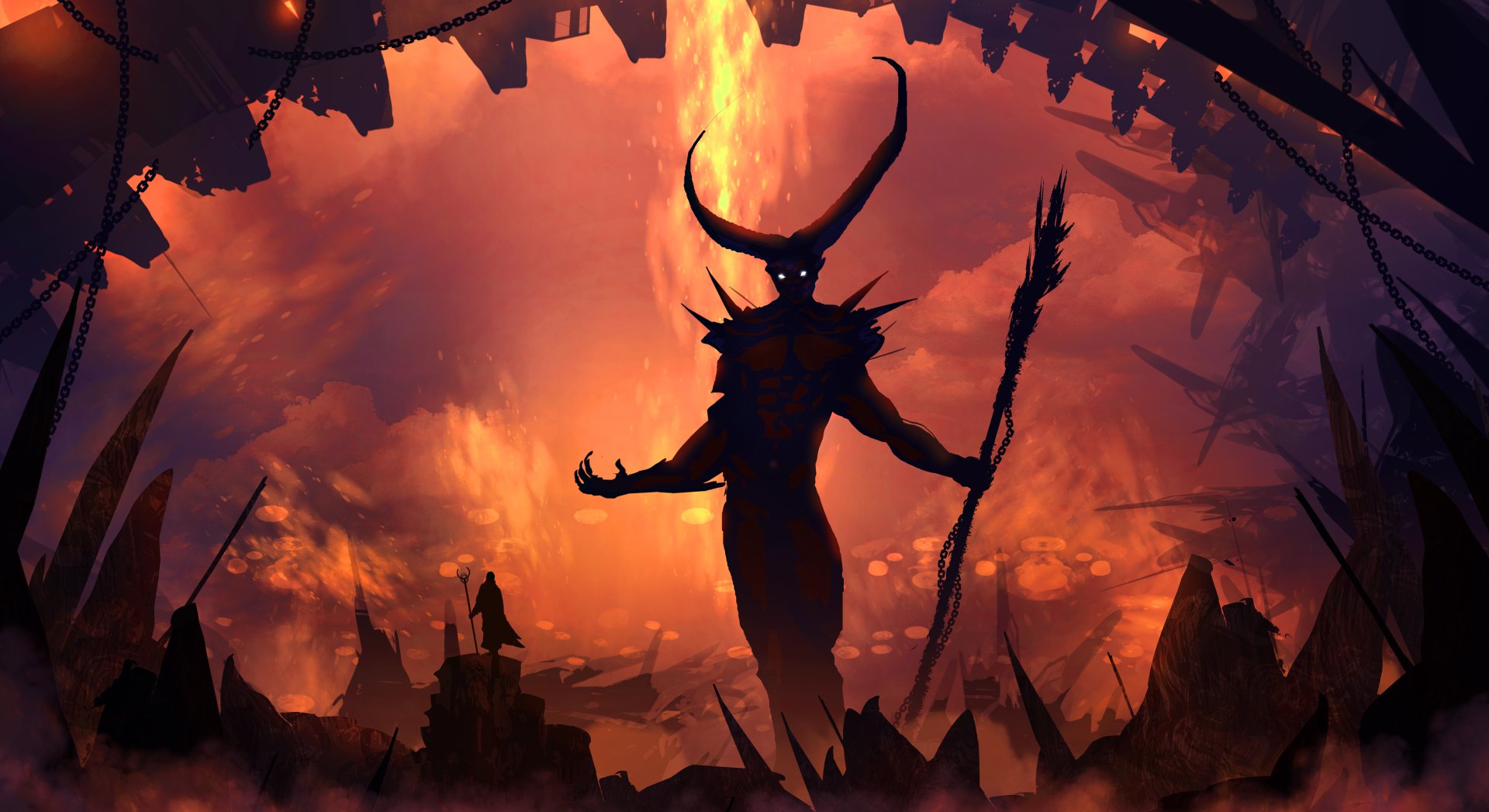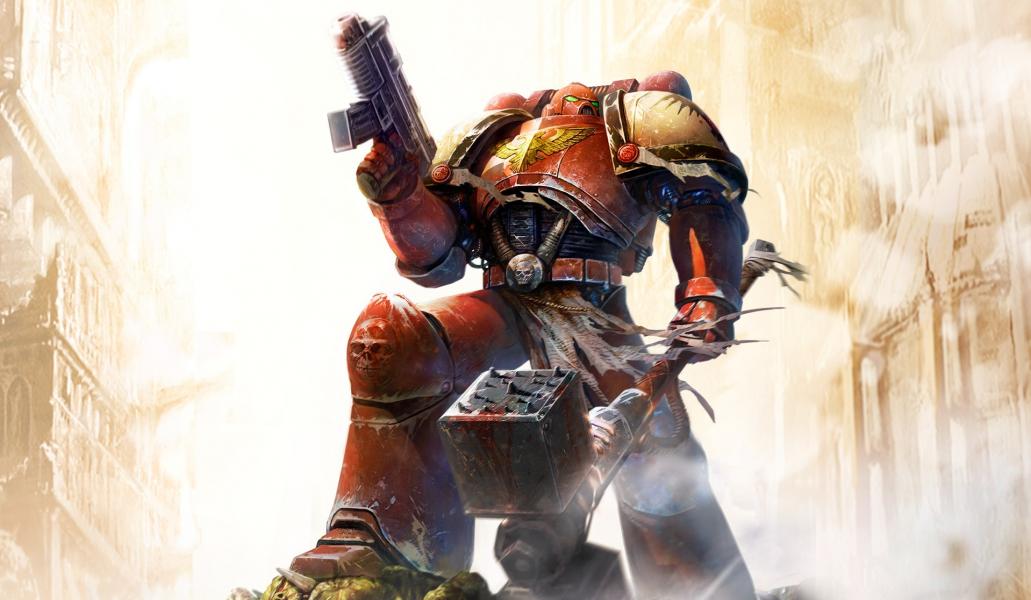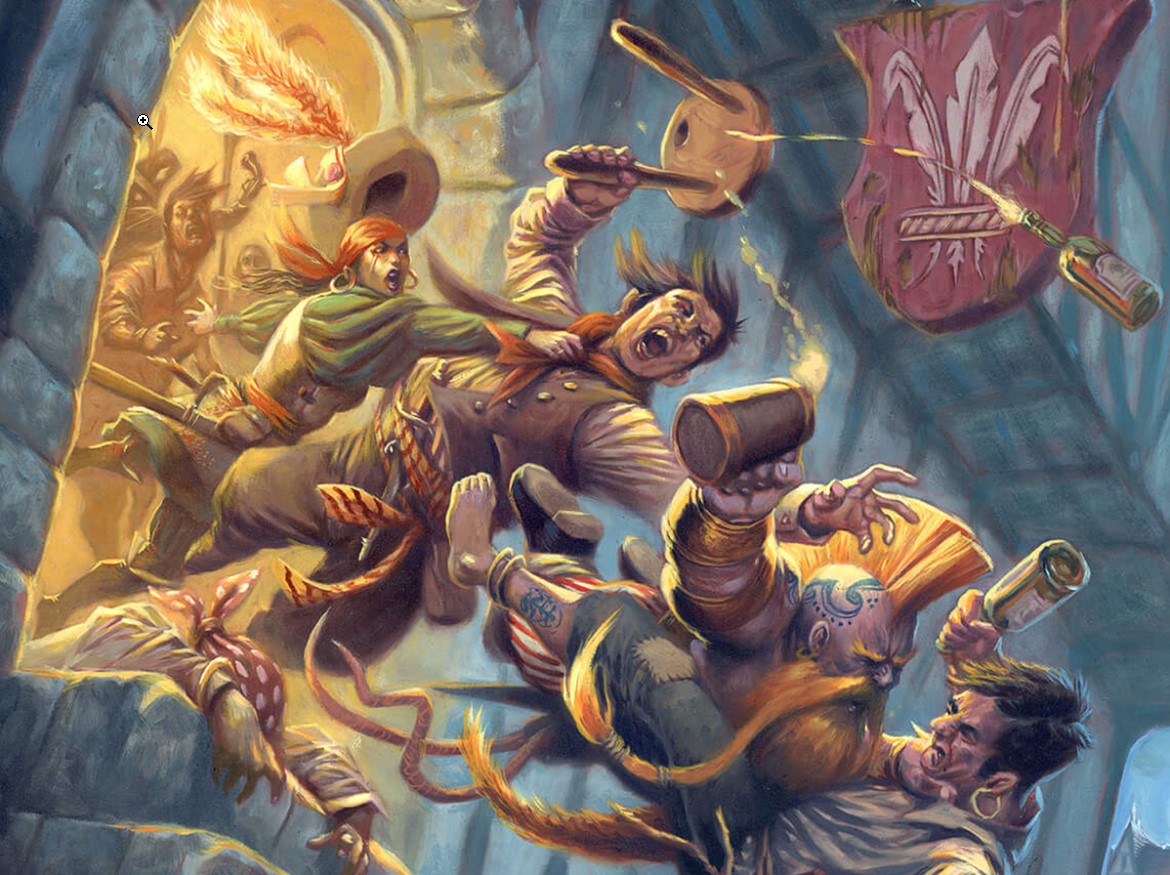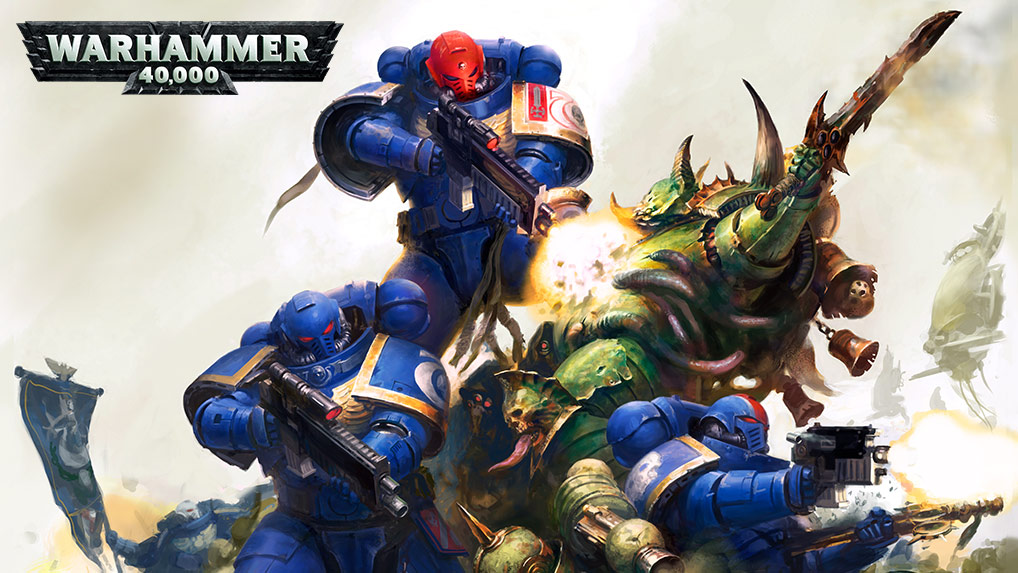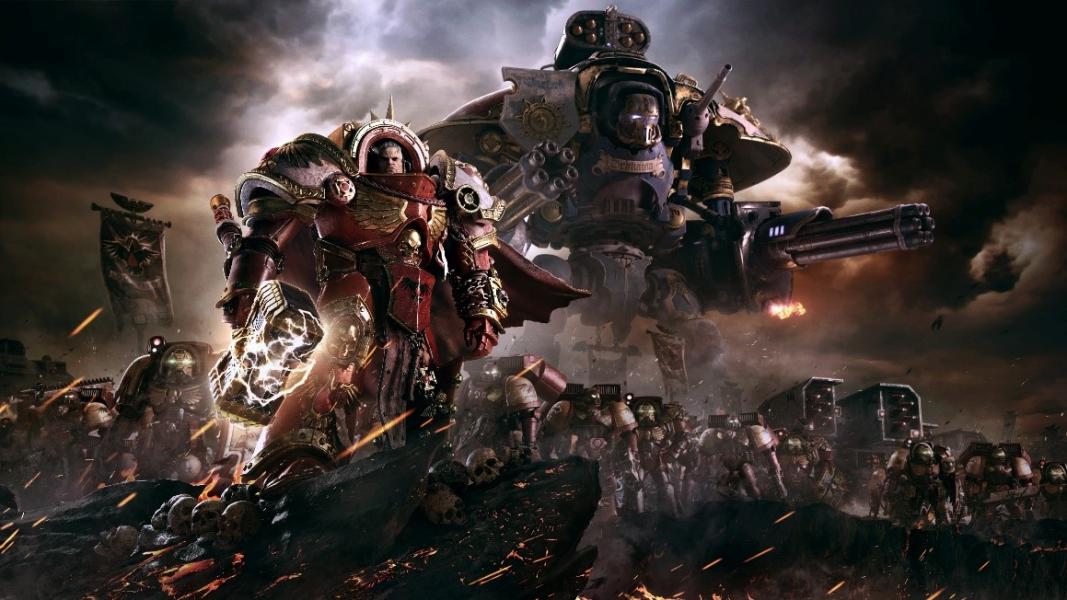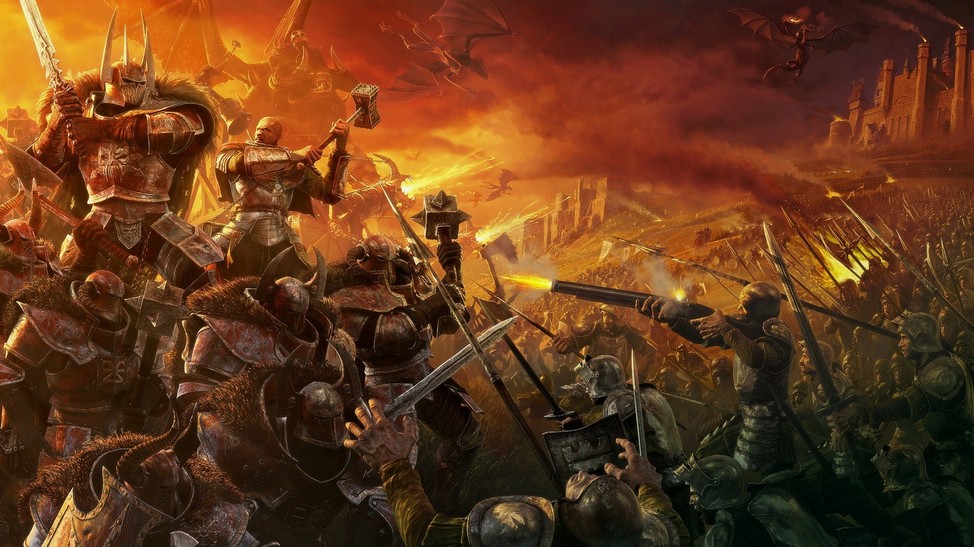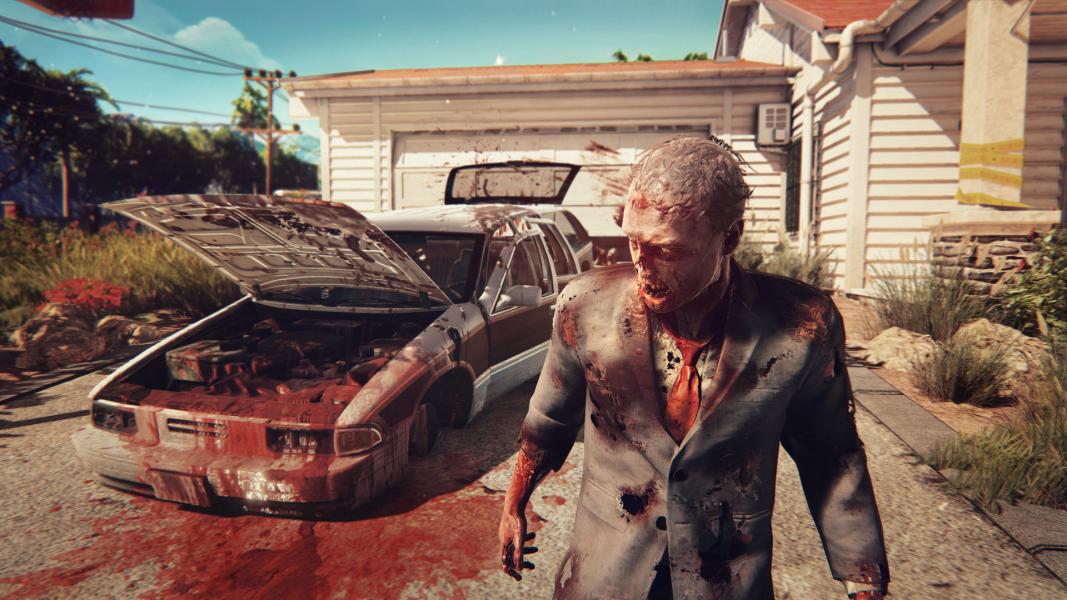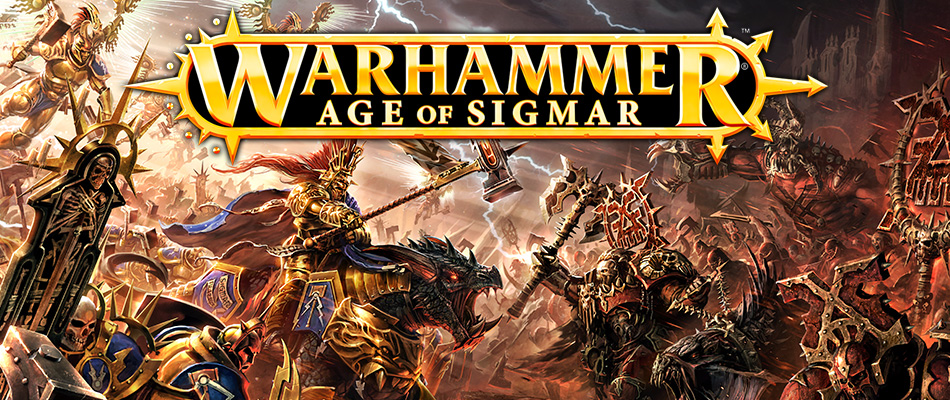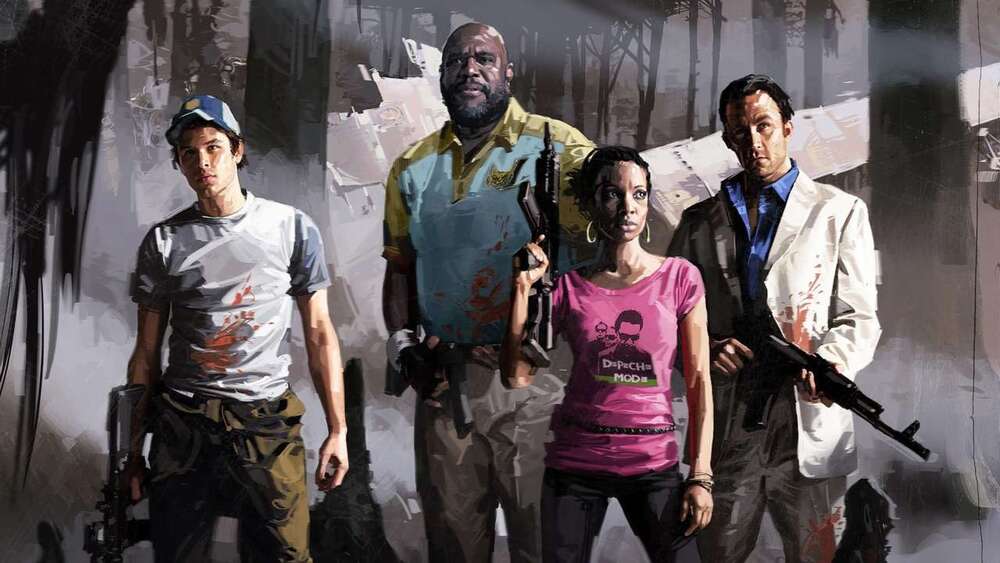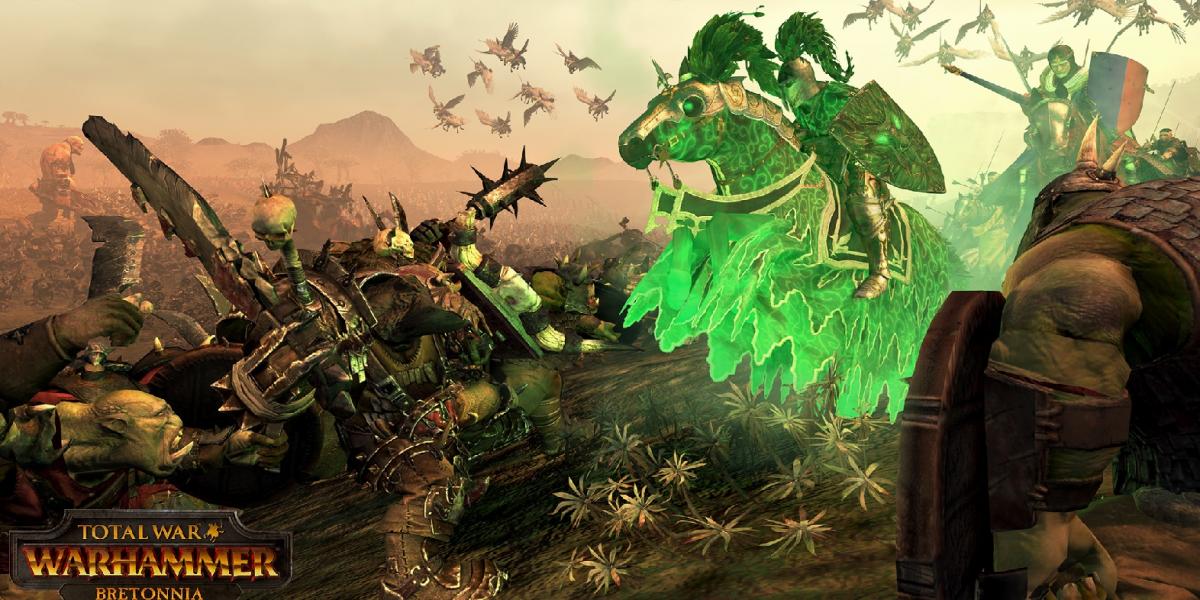
The World of Total War Warhammer is About to Get More Crowded
Total War Warhammer II is all set to expand the campaign map and open up whole swathes of new land for players to battle over, and across the great sea is a host of new factions to play as and go to war with. While the majority of the new major factions have been revealed, little details have been released about what minor factions will appear.
Here’s some of the possibilities for minor factions, all of whom reside in areas that the game’s expanded map will extend to.
5) The Amazons

Little is known about the Amazons of Lustria, few but the most deranged of Imperial explorers even believe they exist. Those who do speak of them say that they are powerful, possibly immortal warrior women who fiercely guard their domain.
The Amazons are one of the more mysterious and enigmatic factions within the Warhammer world, existing as shadowy rumors told by mercenaries in the Old World. The Amazons have never had a full, official roster from Games Workshop, so Creative Assembly would have a great level of freedom if they decided to include them in Warhammer II. They would be located somewhere near the center mass of Lustria, which would put them in direct odds against the Lizardmen and possibly the Skaven.
4) Araby

Araby is one of the oldest cultures in the Warhammer World, and their kingdoms are constantly threatened by undead to the East and Bretonnian invasions from the North.
Araby is one of the more probable factions that may appear in Warhammer II, due to its size and prevalence in the world’s lore. The faction is based on the Islamic cultures of the Middle East during the Crusades, and, because of this, one of their ancestral enemies is the knightly realm of Bretonnia. They could prove to be a powerful new force in the South, fighting against the Greenskins to reach the human kingdoms to the North.
3) Vampire Coast Pirates

The Vampire Coast is a small stretch of sea, but it is a hiding place for the vilest of plunderers and privateers operating in the seas of the Warhammer World.
The Vampire Coast gives the undead faction a more global presence across the world of Warhammer Fantasy, and is where many of the vampire and zombie pirates hail from. While this faction may not be playable upon the initial release, it could serve as another antagonist to the Lizardmen of Lustria. With Creative Assembly’s announcement that naval combat will not be implemented into the game, it’s unlikely that their roster would differ much from the standard Vampire Counts army.
2) Albion

Albion’s aesthetic has always been distinct from the Norscan chaos marauders in the lore, but it’s unclear if they will use a different roster in Warhammer II, if they appear at all.
Albion is frequently referenced by in-game events in the current Total War Warhammer, but its location currently isn’t within the game’s borders. It is a mist shrouded island made up of warring tribes led by chaos worshipping sorcerers. While Albion is often referenced as its own location with its own unique culture, it’s very possible that they will use the same roster as the Norscan tribes.
1) New World Colonies

The military forces of Tilea and Estalia, two of the Southern Realm factions, are devoted to the exploration of new lands, their trader-kings always eager for new sources of income and the acquisition exotic goods.
Many of the human kingdoms in the Old World have colonies clinging to the coasts of Lustria, acting as trade ports that welcome explorers and adventurers into the exotic continent. The main colonial powers are Estalia and Tilea, which are already present in the game. Warhammer II might see the addition of a Southern Realms DLC, which may make Estalia, Tilea, and the Border Princes rosters more distinct from the Empire.
Whether or not these factions will appear in Warhammer II won’t be known for some time. Some will likely be present upon the game’s initial release, but others might not appear until DLCs or Free-LCs are made available. These factions certainly offer a lot of room for Creative Assembly to expand their already diversely populated world.
You may also like...
Over 5 Warhammer PC Games Released in 2016: Is the IP Too Divided?
Top 7 Legendary Lords in Total War Warhammer
The 7 Most Fearsome Monstrous Creatures in Total War Warhammer
Creative Assembly Confirms No Naval Battles in Total War Warhammer Expansion



